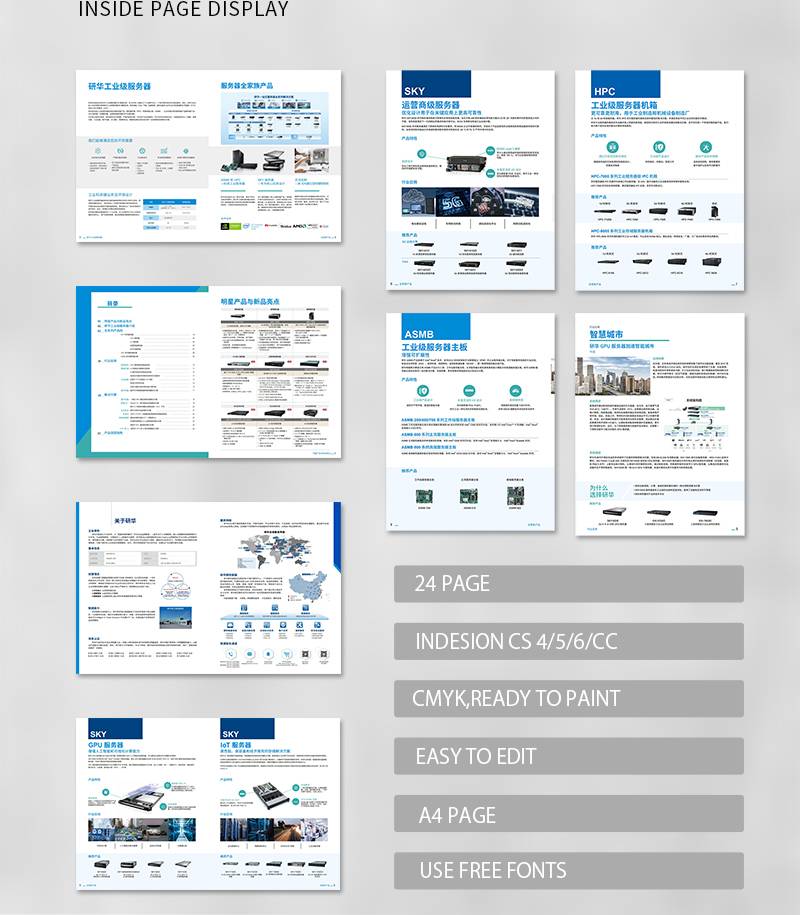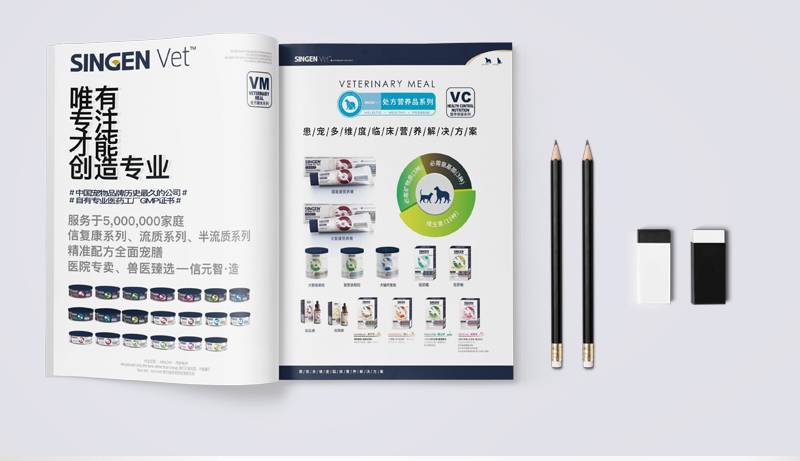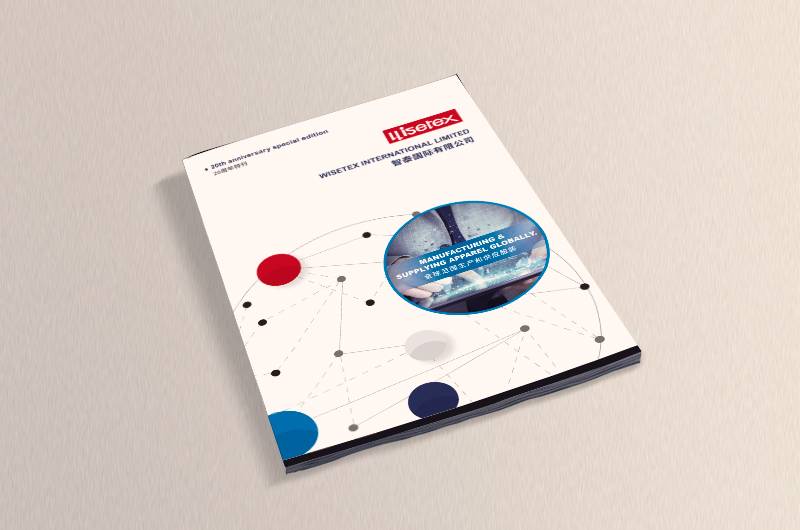The "triple door" of album printing quality inspection: the key control points from prepress documents to finished product packaging
Every time a customer hands over a well-designed album file to us, the most common question is: "Can the printing effect be guaranteed? Will there be color difference? What if there is a flaw?" We all understand these worries! For a good picture album, design is the soul and printing is the bones and muscles. Today, I will take you to push open the "triple door" of our quality control and see how a perfect picture album was born!
The first door: prepress documents-the "foundation battle" of album printing
Prepress documents are the cornerstone of the success or failure of the whole giclee printing. If this step is not properly controlled, no matter how sophisticated the equipment and technology are later, it may "roll over".
Document "physical examination" is indispensable: when we get the designer's documents, the first step is an in-depth "physical examination". Is the picture resolution enough? 300dpi is the bottom line, and printing low-definition pictures is a disaster; Is the color mode right? It must be a CMYK mode dedicated to printing. RGB colors look good on the screen, but they may be "horrible" when printed; Is pure black (K = 100) used for black text? Using four-color black (CMYK mixed) is easy to overprint inaccurately, and the text is empty. There are also file size, bleeding bit (reserved for cropping), and whether all text is turned (to avoid missing fonts), none of which can be wrong. This step finds the problem, and the modification cost is the lowest and the efficiency is the highest.
The "preview" of digital proofing is crucial: after the documents are checked correctly, we will do rigorous digital proofing. This is not simply looking at pictures on the computer screen, but simulating the final printing effect through professional color management software and calibrated high-precision displays (even professional proofing equipment). The customer and our prepress engineer will carefully check every detail on the proofing draft together: Is the color accurate? Is the position of the graphic and text correct? Are there any missing elements? This "rehearsal" link can intercept most potential problems in advance, and ensure that the screen effect you see is the same as the final printed effect to the greatest extent.
Process feasibility confirmation: Special processes such as hot stamping, UV, concave and convex on the design draft are very cool, but can they be implemented perfectly? Our prepress engineers will fully communicate with customers and designers to evaluate the feasibility, cost and special requirements for document production (such as the need to make special hot stamping documents), so as to avoid process conflicts or inability to be discovered in later production, resulting in delays and waste.

The second door: the printing process-the "actual examination room" of album printing
After the document is closed, the album enters the printing workshop, which is the real "actual combat examination room". In the roar of the machine, precise control is the key.
The first sample signed is "Dinghai Shenzhen": before the official batch printing, the operator will debug the machine and print dozens of samples-this is the crucial "first piece". Our senior quality inspector will take this first piece, compare it with the digital proofing draft (or physical signed sample draft) signed and confirmed by the customer, and conduct a rigorous comparison under the standard light source light box: Are the main colors consistent? Is the character's skin color natural? Is the color of the company LOGO accurate? Are there any obvious color deviations? Is the text clear and sharp? All details are confirmed, and must be signed and confirmed by the customer representative (or authorized by us) and the quality inspection supervisor before the machine can be printed at full speed. This signed first piece is the only standard for the whole batch of printed matter!
The process inspection is a "mobile sentinel": after signing the sample, the machine runs at full speed, but the quality inspection is not over. Experienced quality inspectors will act like "mobile sentinels" and regularly (for example, every 500 sheets or 15 minutes) extract freshly printed paper from the machine for inspection. What's the focus? Color stability! Is there any color deviation due to changes in ink viscosity and fluctuations in water volume? Overprint accuracy! Are the versions of different colors set accurately and are there any ghosting? Picture cleanliness! Are there any defects such as dirt, ink spots, paper powder, etc.? Once any slight fluctuation trend or abnormal signs are found, immediately inform the captain to make adjustments, nip the problem in the bud and ensure the stable quality of the whole batch of products.
"Tacit cooperation" with paper ink: Papers with different weights, different textures and different coatings have completely different ink-eating effects. According to the selected paper characteristics, our captain will accurately adjust the viscosity of the ink, the amount of ink applied, the ratio of fountain solution and other parameters to ensure that the ink can adhere evenly and firmly to the paper, with saturated color and moderate drying. At the same time, the temperature and humidity environment of the printing workshop is strictly controlled, which has a huge impact on paper flatness and ink drying speed, and is the behind-the-scenes hero to ensure stable printing quality.

The third door: back road and packaging-the "ultimate guardian" of album printing
The completion of printing is only the midfield of the birth of the album, and the fineness of the subsequent processing and packaging directly affects the final experience of customers.
Surface treatment: the "double armor" of appearance and protection: coating (bright film enhances gloss, matte film brings advanced touch) or oiling (local UV highlights highlights) is a common "beauty protection" method for picture albums. The quality inspector will carefully check: Is the film flat and docile, free of bubbles and scratches? Is the UV varnish evenly applied, brightness up to standard, and position accurate? These treatments not only enhance the appearance and feel of the album, but also protect the printed picture from being easily worn and scratched during daily reading.
Bookbinding: The "strict balance" of firmness and beauty: is it glue bound, lock glue bound, saddle stud or hardcover? Each approach has its applicable scenarios and quality points. The core of quality inspection lies in firmness, flatness and smoothness of reading. For example, for glue-bound books, check whether the spine glue is even and full, whether the inner pages are stuck firmly, and is there any risk of page dropping? Is the spine flat when flipping through, and will it "bulge"? For locking glue bonding, it is necessary to check whether the stitches are neat and tight. Hardcover books are more complicated. It is necessary to check whether the book case is square and stiff, whether the spine curvature is smooth, and whether the ring lining is smooth and wrinkle-free. A beautiful picture album that can't be opened or easily falls apart, its value instantly returns to zero.
Cutting and packaging: the "last line of defense" for decent delivery: uniform size is the basic embodiment of professionalism. The quality inspector will use professional tools to check whether the three glossy edges of the finished album are cut accurately, the size is consistent, and the cut is smooth and burrless. Finally, according to the size, thickness and customer requirements of the album (such as whether independent packaging boxes, transportation boxes, etc. are needed), properly package it. Check whether the packaging materials are sufficient to protect the album from crushing, bumping and moisture during transportation? Is the box filled in place? Is the sealing box secure? Is the label information clear and accurate? Make sure that every picture album can reach the customer's hands decently and without damage.

Your picture album is worth pushing open this triple door!
A good picture album is a work of art nurtured by design and printing. From the meticulous prepress documents, to the precise control on the printing press, to the rigorous care of the back packaging, this "triple door" is indispensable. It is not only checking errors, but also adhering to the commitment to quality.
album printingIt's never a simple "machine paper". It requires experience, skill, and an almost demanding sense of responsibility. The strict control of every quality inspection point is to make your carefully designed album present to its readers in the most perfect attitude. When you open the album with full texture, accurate colors and impeccable details, it is the result of the joint protection of this "triple door" behind it.



